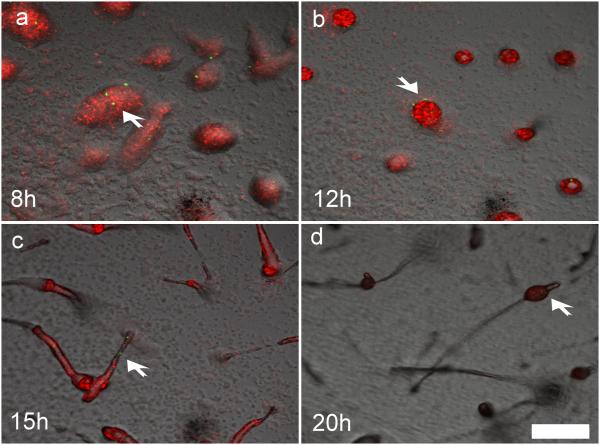Figure 3. Rare incompatible cells segregate from the majority but eventually rejoin the population and produce spores.
We mixed tgrB1AX4tgrC1AX4–GFP cells with incompatible tgrB1QS31tgrC1QS31–RFP at 1:1000 and allowed them to develop. Multicellular structures were photographed by fluorescent confocal microscopy at a fixed position over the indicated times. a, loose aggregates. b, tight aggregates. c, slugs. d, fruiting bodies. The white arrows indicate the position of the rare GFP cells. Bar = 200µm.

